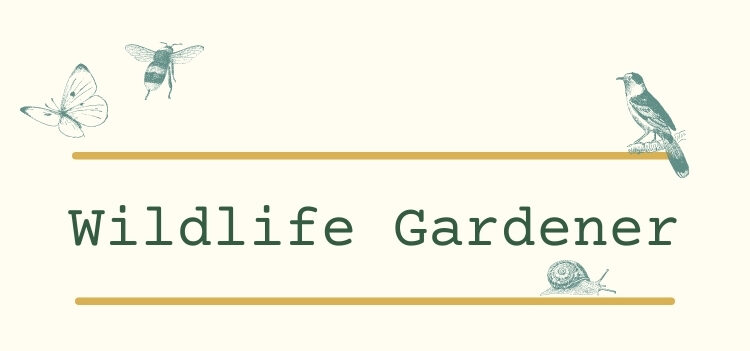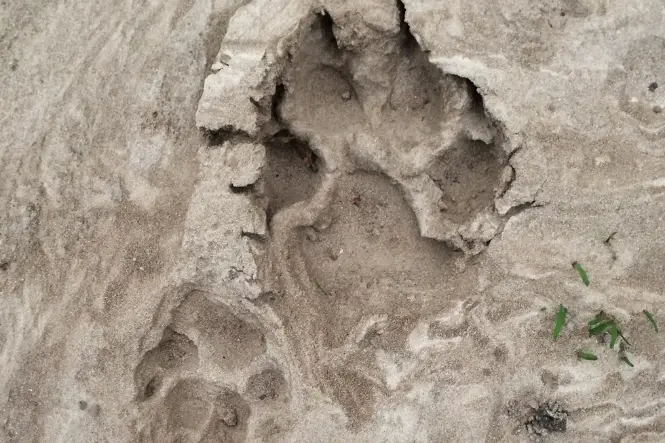The degree to which you’ll see a variety of mammals in your garden will very much depend upon your location and the environment both in your garden and the surrounding territory. Some mammals prefer to live close to water or near a forest or wood, for example. However, the three things that all mammals will consider when deciding if your garden is a suitable place to either live in or pass through is if it can provide them with food, shelter and a suitable place to breed or if it’s ‘en route’ to a suitable place. It is often quite difficult to spot mammals in your garden. For example, whilst grey squirrels may be commonly spotted in daylight, some mammals only really come out when it’s quiet which usually means dusk (or later) until dawn. By being able to recognise the tracks and trails of the mammal, however, along with its ‘habits’, it is quite easy to be able to know what mammals are living in your garden or passing through without you even seeing them.
Creating The Right Environment
To be able to spot tracks and trails in your garden, you’re going to need to create the right environment. Therefore, ensuring there’s either a sand pit or some wet mud close to any natural food source will give you the best chance. The next thing is either to do some research on the internet or buy a tracking book in order to be able to recognise the tracks of all of the common garden mammals.
Badgers
Badger tracks are very easy to recognise. Their pads are kidney-shaped with 5 digits on each pad and they like to stick to familiar well-worn trails. You might also become aware of their presence if you notice any white-tipped coarse hairs which might be attached to nearby tree bark or fences.
Foxes
A fox doesn’t stick to regular trails and their tracks are quite similar to that of a dog. Its pads have 4 digits and the outer two are curved into the other two inner ones. It walks in a very compact manner placing its hind leg where its front leg has been so, unlike a dog, its tracks will appear as though it has been walking on two legs instead of four.
Otters
If you live close to water, there may be otters nearby. Their pads are almost round with 5 digits each and, if the ground is very soft, you’ll be able to identify them more easily as you’ll be able to spot the telltale webbing between each digit.
Squirrels
Squirrel tracks are very easy to identify. Its rear pads are very similar to that of a small human hand with 5 digits which very much resemble four fingers and a thumb whilst its front pads only have 4 digits. You’ll also not see any claw mark with its rear print whereas you might with its front.
Hedgehogs
Hedgehog front pads are larger than their hind ones and each print will always leave 5 claw marks.
Rabbits
Rabbit tracks are easy to identify because their long hind legs leave much larger tracks than their front ones.
Other Considerations
In addition to recognising the presence of a mammal in your garden by its tracks, having an understanding of the types of food it eats and how it rests, shelters and what it does in the breeding season will also help you to identify which mammals are either living in or passing through your garden. You can also do this by identifying their droppings (or scat) and looking for signs where they have dropped food along their trail.

